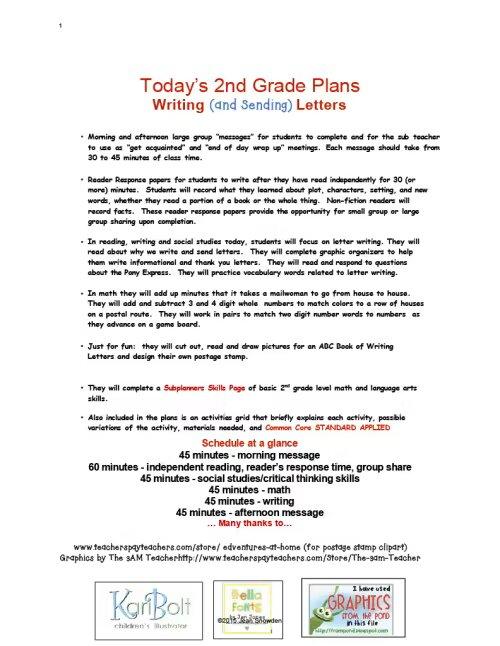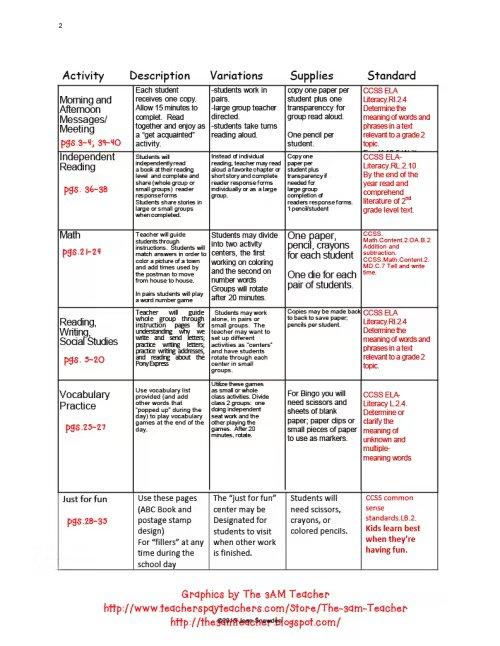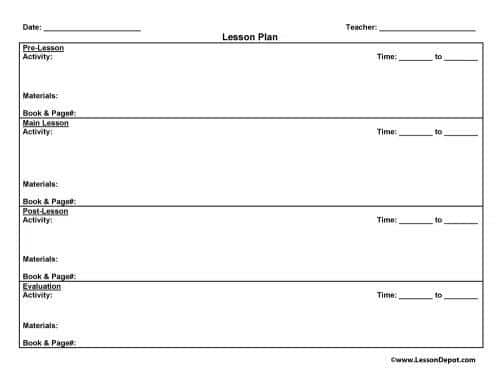Most writing is done independently. And this is great because it gives students an opportunity to practice spelling, think independently, problem-solve, and stretch their creativity. But it’s a wonderful idea to mix up your approach to teaching independent writing by incorporating interactive writing as well as shared writing.
Table of Contents
- Interactive Writing
- Shared Writing
- What Are The Benefits Of Interactive Writing?
- How To Best Implement Interactive Writing In The Classroom
- The Teacher’s Role In Interactive Writing
- What You Will Need To Practice Interactive Writing
- Interactive Writing Tips
- More Interactive Writing Examples
- Interactive Writing FAQs
Interactive Writing
is an activity where students work together to brainstorm and compose a piece of writing in collaboration with a teacher. It involves a shared experience everyone can contribute their thoughts on, followed by a group discussion on what will be expressed in writing. Once a message is composed orally, students “share the pen.” In other words, they take turns writing down the message they’ve composed.

Shared Writing
is quite similar and also a useful tool for students to improve their writing. But in the case of shared writing, the teacher will do the physical writing of the composition. The goal is for the teacher to model proper writing for students, while interactive writing is the students’ chance to try it themselves. Shared writing is best executed on a SmartBoard or other apparatus where students can all easily observe the teacher writing. You can also read our article on shared writing to learn more. For now, let’s dig further into interactive writing…
Interactive writing is often used in the primary grades, and it can be done as a class or in a smaller group. It’s a great demonstration for students to observe the way that writing and speaking work in tandem, while also showing how the written word and the spoken word differ. There have been decades of research supporting the benefits of interactive writing, and the benefits are numerous.
What Are The Benefits Of Interactive Writing?
Students will increase a broad range of skills when you incorporate interactive writing into your teaching practice. Guided practice and repetition of these skills in a safe environment helps the following skills flourish.
Spelling
The teacher guidance that comes with interactive writing ensures students get repetitions of correct spellings to add to their memories.
Student Collaboration
Interactive writing is an opportunity for students to work together cooperatively. Sharing ideas with a group and melding them together into one agreed-upon plan is an important life skill.
Phonemic And Graphemic Awareness
Phonemes are the smallest units of sounds that make up words. Graphemes are the individual letter or group of letters needed to make that sound. Breaking down spelling together in an interactive writing experience is an ideal opportunity to practice pairing the English language’s different phonemes they already know to their corresponding graphemes.

Writing Conventions
Interactive writing provides another chance for teachers to draw students’ attention to writing conventions, such as the use of capital and lowercase letters and punctuation.
Reading
Though the focus here is on writing, writing skills naturally go hand in hand with reading skills. Essentially, spelling is to reverse-engineer reading.
Printing And/Or Cursive
With more and more digital technology these days, classroom writing activities give your students a chance to practice their printing or cursive skills.
Brainstorming
Though you may only write a single sentence, you’ll want your students to write from abundance. This is a good practice to get in the habit of for many things in life. Brainstorming during interactive writing will help your students learn how to come up with and share ideas, rather than settle on the first idea that comes to mind.
How To Best Implement Interactive Writing In The Classroom
What are the steps to interactive writing? There are so many ways to practice it. What you do with interactive writing boils down to your students’ age and ability, learning objectives, and your own creativity! Let’s walk through the how-to of it all.
Make A Lesson Plan
You’ll first need a lesson plan to prepare your interactive writing exercise. You might find a blank lesson plan template helpful to write the lesson plan out on.
Choose A Learning Objective
Lesson plans need to begin with a goal you’ll help students achieve from participating in the activity. What do you want your students to gain from this? For example, you might be trying to help your students learn how to infer, make a connection, or retell information.
Share A Learning Target With Your Students
A learning target is your objective framed for the students’ point of view. These are “I can” statements worded in student-friendly language that make it clear what students are aiming to learn from a lesson, and how they will be able to demonstrate when they’ve learned it. Discover more about learning targets and how to use them here. (hyperlink to learning targets blog post).
A Shared Experience
Begin students’ interactive writing exercises with a shared experience, such as a book everyone reads together, an activity the students participated in at school, or a movie watched in class.
Prewrite With A Prompt
Once you’ve established the shared experience, you can begin “prewriting,” which is to say, you’ll have a group discussion on what you’ll write about. Come up with a prompt to shape the discussion. Let’s refer to an example of using interactive writing with students, as demonstrated by kindergarten teacher, blogger, and educational consultant, Deedee Wills in her video, Interactive Writing Quick Tips. Wills’ example details the shared experience of a book read by her students. She gives them the prompt, “share your favorite part of the book.” Her students then break off into small groups to discuss, while Wills walks amongst them, observing their conversations.
Oral Composition
After some time for students to discuss the prompt amongst themselves, Wills brings everyone back together again to share their ideas for the prompt. Students chime in with their thoughts, and Wills helps them narrow it down to the message they’d like to create. For kindergarten students, she suggests breaking it down into one sentence, two sentences for first graders, and multiple sentences for children older than that. Once the message has been decided upon, Wills has her students repeat the message several times, often using fun voices with each repetition, such as “monster” or “opera singer.” As Wills shares, students have to be able to say a sentence before they can write it out.
Share The Pen
The composition is now ready to be written out. Have students take turns going up to the whiteboard, or whatever writing medium you choose for the activity. You might have each student spell one word before handing off the proverbial pen to the next student. Your goal is to get everyone to participate.
Ability levels will vary, so it’s important to be aware of this and sensitive to it. Students can become embarrassed if they feel they are not at the same writing level yet as their peers. But make sure you don’t leave these students behind in favor of their more advanced or more confident classmates. Wills gives the example of a trickier word for young students: “heaping.” She asks her students what letter they think the word begins with, and they answer, “H.” Wills asks her student to look over at an example of an “H,” and asks her to draw it on the board. Adaptations and support like this allow everyone to be included, no matter their current level.
Review
After the writing is complete, Wills leads another discussion, asking her students to review with her. She may ask the class to share conventions they noticed in the writing. Things like capitalizing the first word in a sentence, spaces between words, and punctuation at the end of a sentence.
Extend To Independent Writing
Finally, Wills gives her students an opportunity to respond to the prompt on their own. A chance to solidify what they practiced together via independent writing.

The Teacher’s Role In Interactive Writing
Interactive writing is all about participation and whole-class collaboration. Your role will be to lead the interaction. Do this in a way that shapes and directs the writing, but leaves the creativity to your students. Once students have brainstormed and shared their ideas, you can help them collate their ideas into one cohesive idea. Every student will be at their own level in regards to writing, sharing, and confidence. Naturally, teachers tend to notice the eager students and the students who already have an answer. Take special care to involve every student. Support each student and encourage their participation, adapting to individual needs.
What You Will Need To Practice Interactive Writing
What you’ll need comes down to your personalized approach, so this is not an exhaustive list. But here are some things to consider in your preparation for interactive writing with your classroom.
A Large Area
Yes, you could have students sit at their regular desks or tables and come up to the front of the room when it’s their turn to write. But even better if you have a space for everyone to gather close together, such as a carpeted reading area on the floor. This can better facilitate students’ collaboration with each other. A less formal feeling to the setting can also help students feel comfortable with risk-taking, such as sharing their ideas or attempting to spell new words.
A Writing Medium
There are a lot of options that will work well. You can use a whiteboard, a large easel of paper, or a chalkboard.
Writing Implements
“Sharing the pen” is a turn of phrase used to describe interactive writing, but of course, you can use any implement that works well for your medium. That could be a pen, markers, chalk, pencils, Wikki Stix, or anything else your creativity can come up with!
Corrective Tools
When students write independently, they inevitably make spelling, grammar, and punctuation mistakes. This is totally fine. But when you’re writing interactively with your students, it’s a great opportunity to oversee their accuracy in real-time. So whatever medium you use, make sure you have a method to correct errors as you go. That might include erasers, whiteout, or correction tape.
Interactive Writing Tips
Small Groups
It’s important to involve every student. Each child needs to participate, as well as receive attention from the teacher. With class sizes often being large, you may want to break yours down into smaller groups to effectively engage everyone.
Bookend with Interactive Writing
Interactive writing brings everyone together as a cohesive group, so it makes for a great activity to start and end the day. You can have students create a morning message and an end-of-day message covering various topics. A morning message might include the date, goals for the day, or positive reflections such as what students are thankful for or excited about. An end-of-day message could include things students learned that day, what the best part of the day was, the results of a science experiment, or things they feel proud of.
Writing together can also be a great welcome back activity after a holiday break, or at the start of a new school year. It can also make a nice send-off before any of these events.
The Difference Between Spoken And Written Language
There are many differences between how we communicate verbally, and how we can clearly write out the same thought. Interactive writing is a perfect time to teach your students about this. Try asking, “How can we write that out?”
More Interactive Writing Examples
The sky’s the limit for what kind of writing prompts you can use with your students. Get creative! And check out some of these ideas to use or be inspired by:
Write A Letter
There are so many letters your class would enjoy writing and their recipients would love to receive. For example, you can have them write thank you letters to cafeteria workers, the school janitor, a substitute teacher they had, someone who came in to speak to the class, or a group that hosted them on a field trip. Students could also write a letter to a person or group that they admire, such as the author of a book they just read, or someone doing good in the world.
Prepare Your Class’s Substitute Teacher
Speaking of substitute teachers, you and your class can help welcome a sub with an interactive writing exercise before the teacher’s arrival. Check out this Full Day Substitute Plan bundle for 2nd grade for ideas of interactive writing to share with your students’ sub.



Let The Season Inspire You
Why not write about the time of year or approaching holidays? For example, try out these September Writing Prompts for grades 3, 4, 5, and 6.



Or Daily Bell Ringers Writing Prompts for Fall for grades 6, 7, 8, and 9.



Write About Reading
Reading a book makes for a great shared experience everyone can comment on afterward. Try these Chat Sessions for Responses to Literature for grades 3 and 4 for ideas to discuss and write about books your students have read.



Interactive Writing FAQs
Interactive writing and shared writing are very similar, and often get confused for one another. Both are writing activities carried out between a group of students and a teacher. But the main difference is “sharing the pen.” In interactive writing, students share the pen amongst each other, taking turns to write their collaborative statement. In shared writing, the teacher transcribes the message being dictated by the group.
Interactive writing is an opportunity to improve independent writing. It also strengthens students’ reading and spelling skills, plus a host of other benefits.
Anything you can come up with! It doesn’t have to be limited to typical statements. You could guide your students through composing a song, poem, limerick, essay, story, joke, or any other style of writing that suits you.

